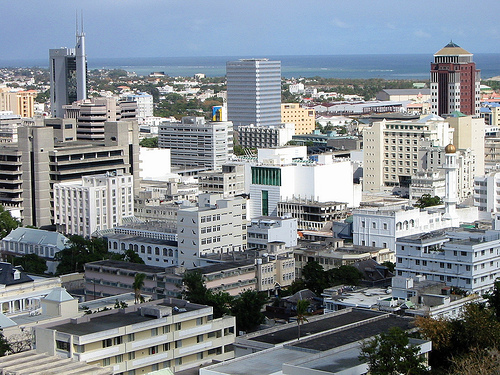Related

Mar 17,2010
Charter Cities: Overcoming the Commitment Problem
by
Brandon Fuller

Sep 29,2009
Freakonomics Q&A
by
Brandon Fuller
As you’d expect from the name, a charter city is a city governed by a charter. Sounds simple, but it’s a surprisingly powerful way to let people choose to move someplace that is well governed.
A fanciful example helps illustrate how a charter city might develop. An existing treaty between the United States and Cuba currently gives the United States administrative control over a piece of sovereign Cuban territory straddling Guantanamo Bay that is twice the size of Manhattan.

Imagine that the United States and Cuba agree to disengage by closing the military base and transferring local administrative control to Canada. Canada works with Cuba to draft a charter for this special zone and promises to enforce its terms. Under this charter, a new city blossoms. It does for Cuba what Hong Kong, administered by the British, did for China; it connects Cuba to the global economy.
To help the city flourish, the Canadians encourage immigration. It is a place with Canadian judges and Mounties that happily accepts millions of immigrants. Some of the new residents could be Cuban émigrés who return from North America. Others might be Haitians who come work in garment factories that firms no longer feel safe bringing into Haiti. The new city gives the Haitians their only chance to choose to live under a system of law that offers safety and opportunity.
Initially, the government of Cuba lets some of its citizens participate by migrating to the new city. Over time, it encourages citizens to move instead to a new city that it creates in a special economic zone located right outside the charter city, just as the Mainland Chinese let its citizens move into Shenzhen next to Hong Kong.
With clear rules spelled out in the charter and enforced by the Canadian judicial system, all the infrastructure for the new city is financed by private investment. The Canadians pay for the government services they provide (the legal, judicial, and regulatory systems, education, basic health care) out of the gains in the value of the land in the administrative zone. This, of course, creates the right incentives to invest in education and health. Growth in human capital makes income grow very rapidly, which makes the land in the zone even more valuable.
This scenario shows what is possible. In practice, the personalities and politics of the relationship between the United States and Cuba make it highly unlikely that this potential will be realized. The first charter city is more likely to be set up in a host nation that has lots of land and has not been able to attract on its own the kind of foreign investment needed to create millions of entry level jobs in manufacturing for its citizens. There are many candidates. The structure of the charter could be very different, perhaps with several partner nations in place of just one. The benefits could be just as large.
Please fill out the information below to receive our e-newsletter(s).
*Indicates required.